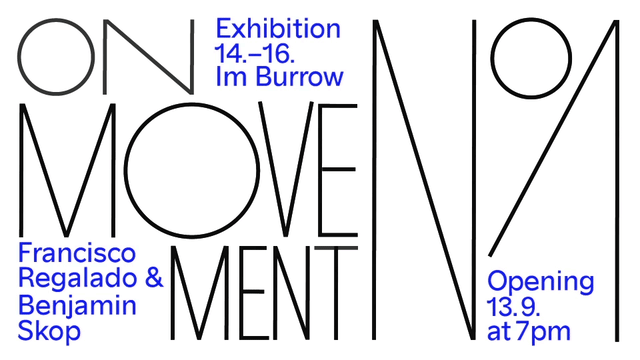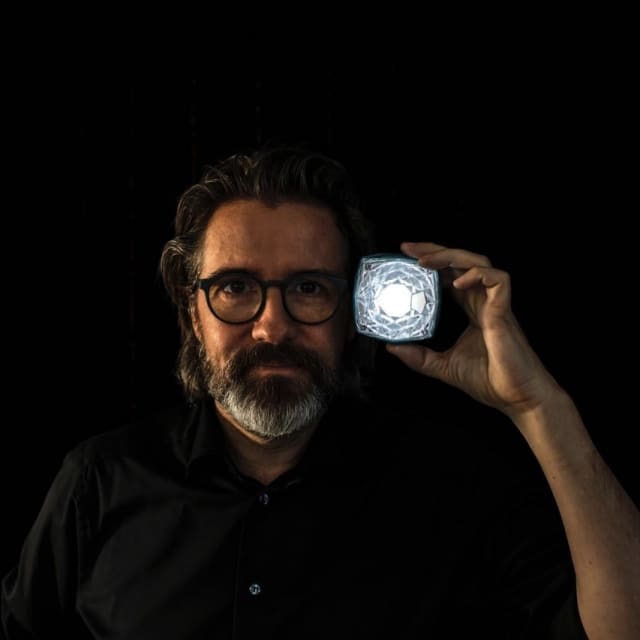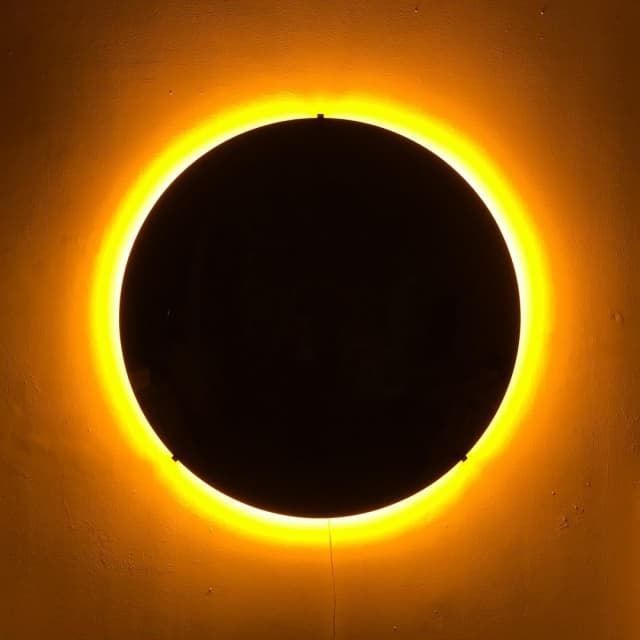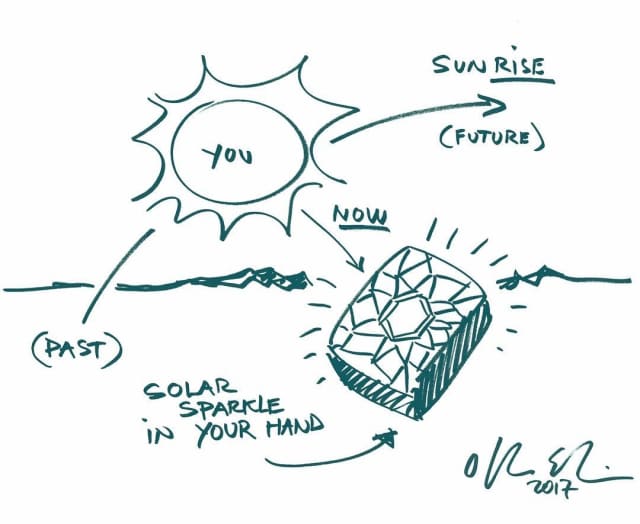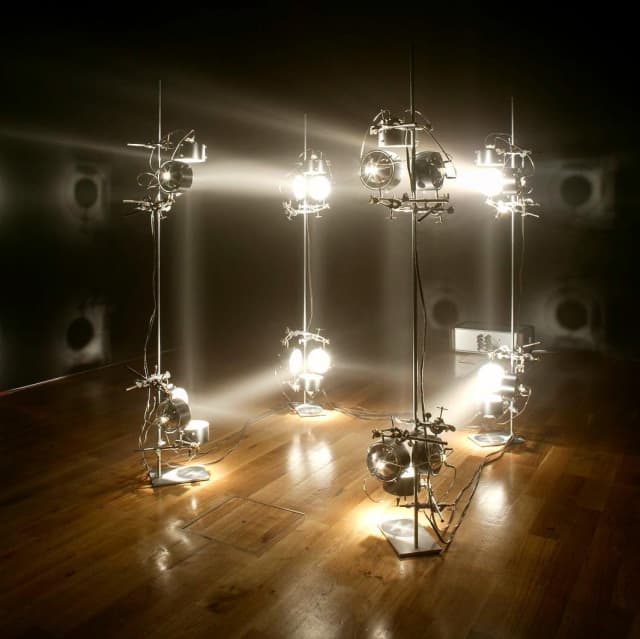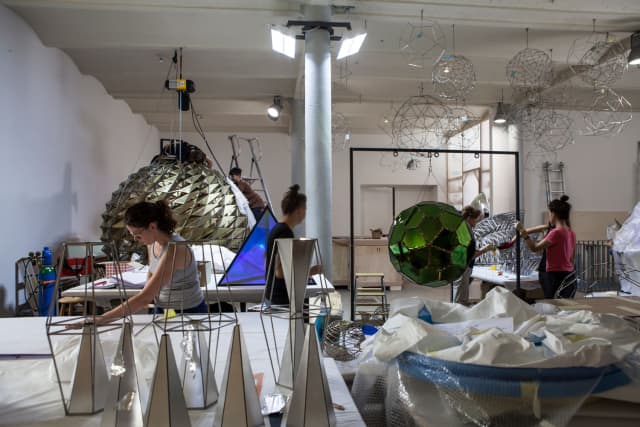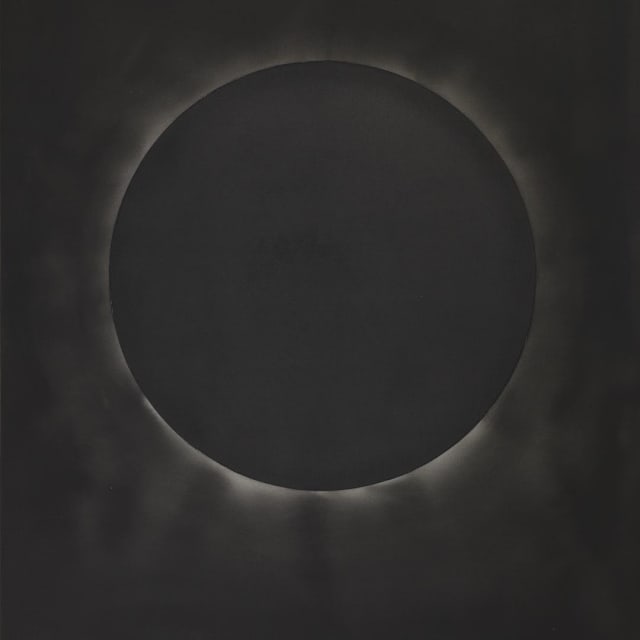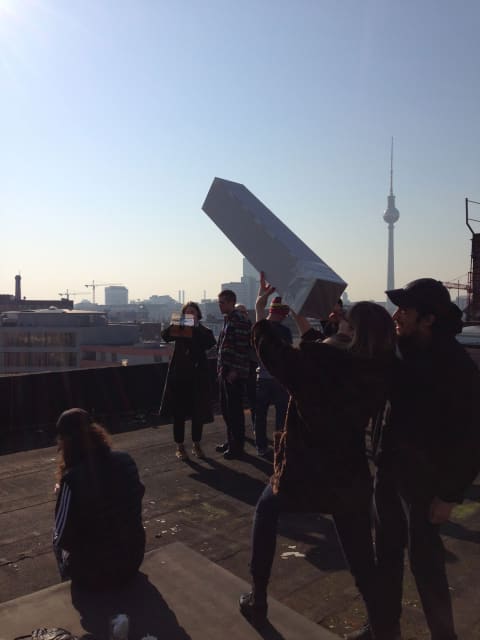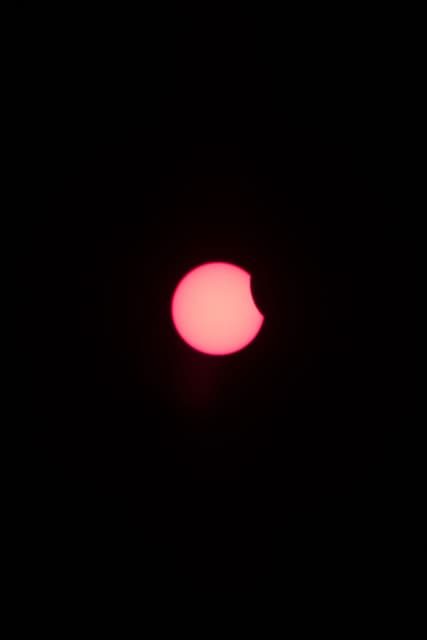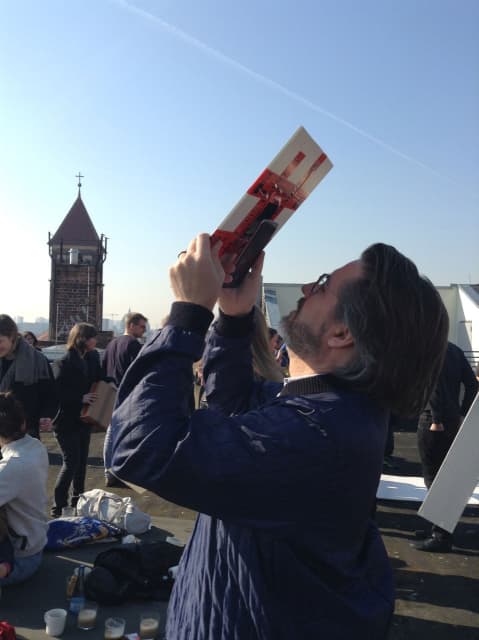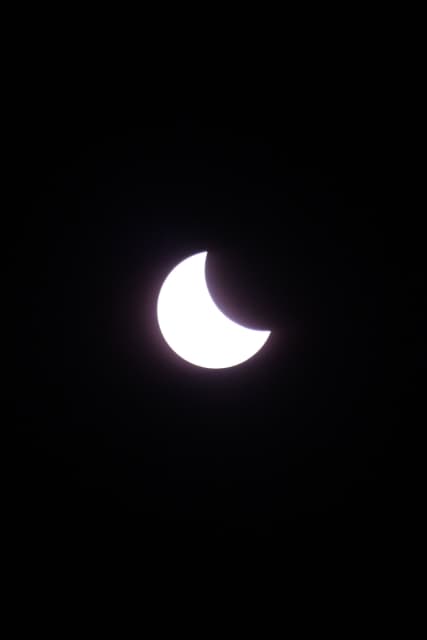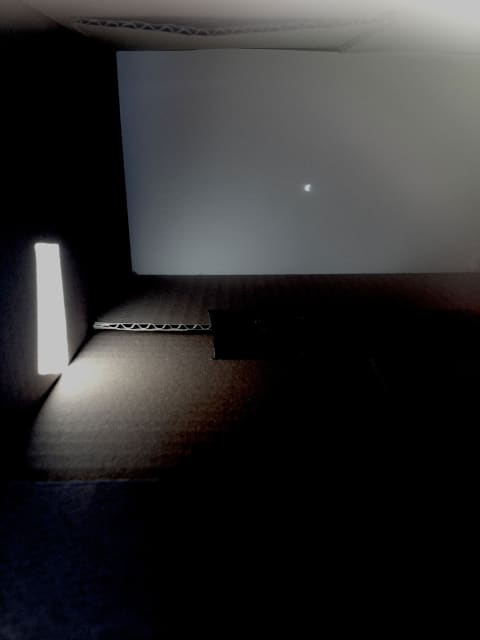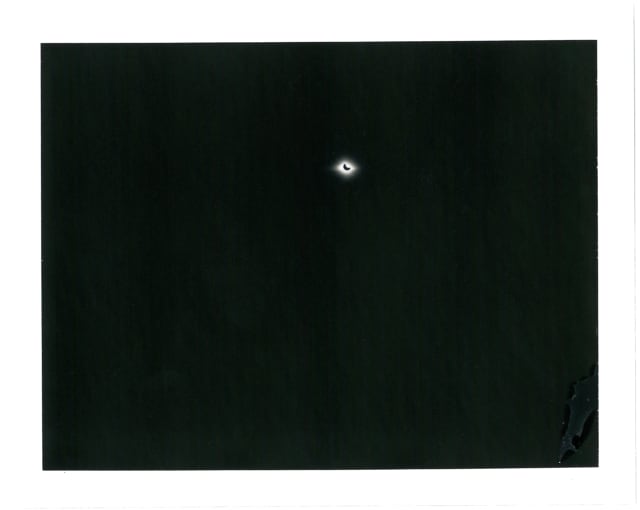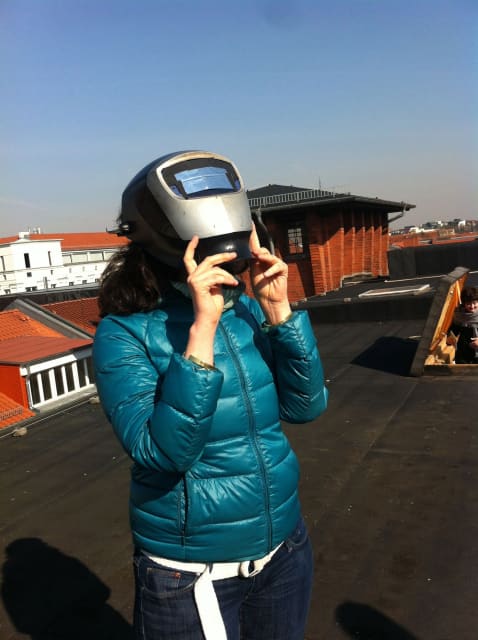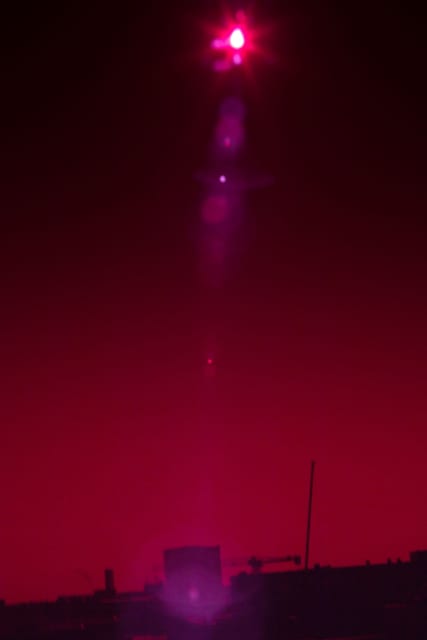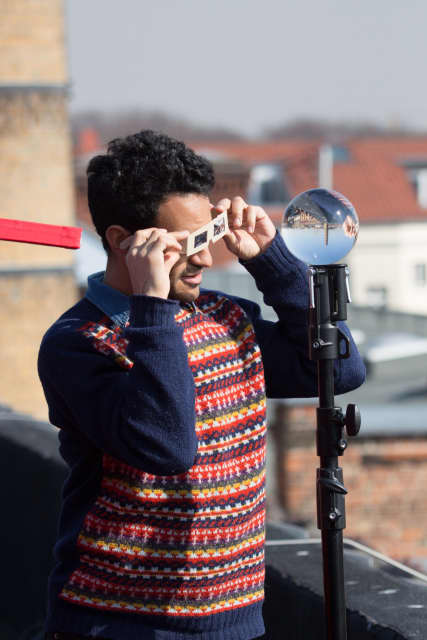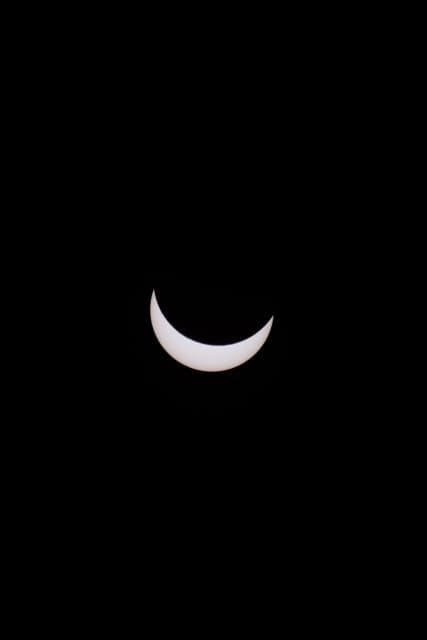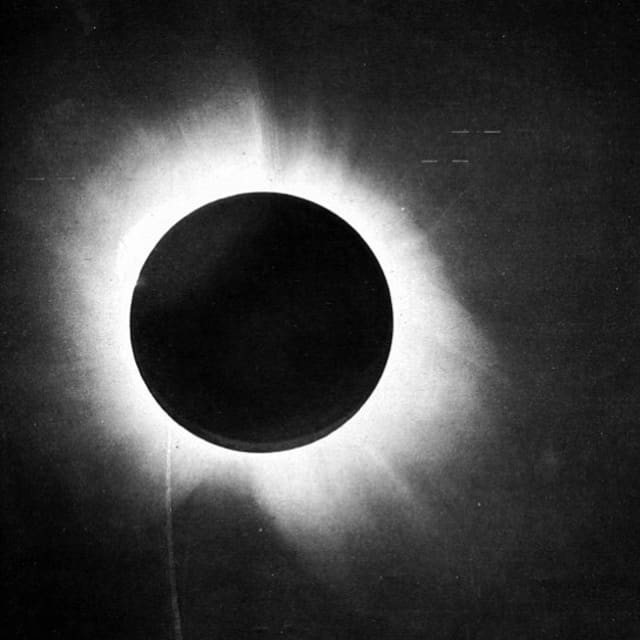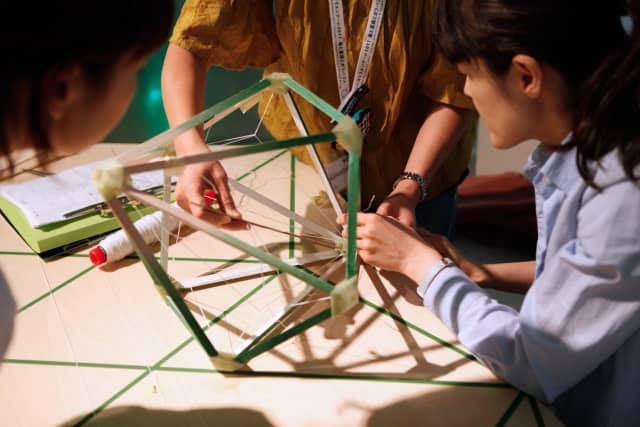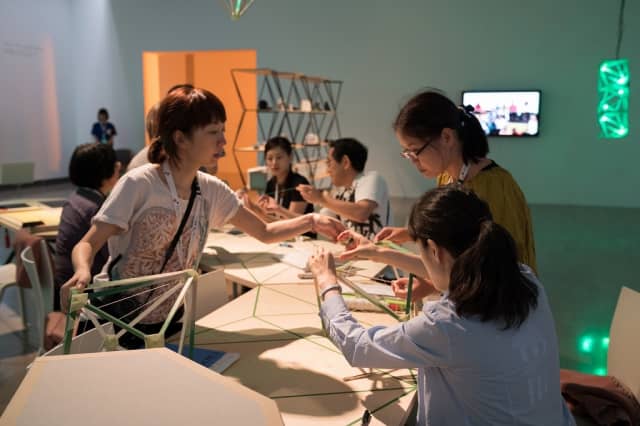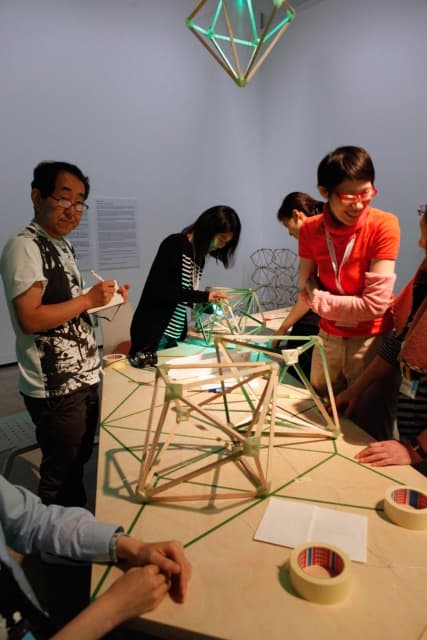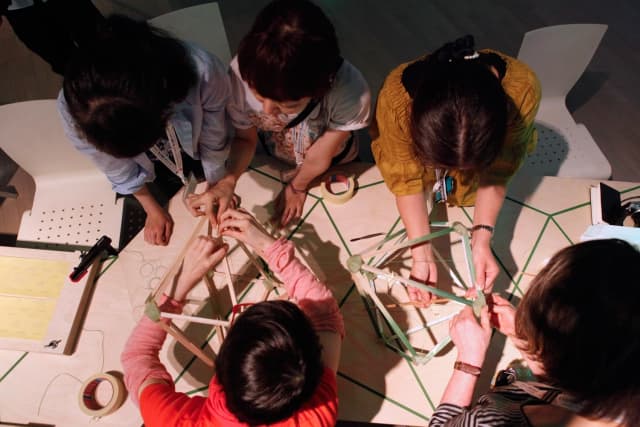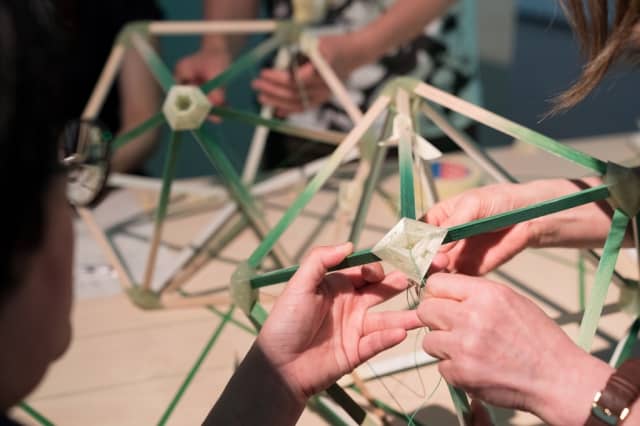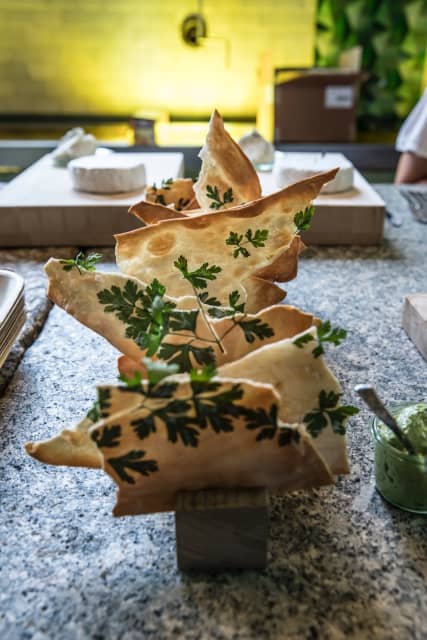Tor Nörretranders and Olafur Eliasson in conversation, from the book; Light! On light in life and the life in light
O: We are at Eremitagen, the hunting lodge, looking across the Deer Park, We can see that the trees further away are shrouded in a little more mist than the ones closer to us. The closest tree is completely out of the mist. The size of the tree in relation to the landscape tells us how far away it is. We can just make out the horizon; or rather, we can tell that we cannot see the horizon, because it is lost in the mist.
The mist gives the light a kind of density, rendering it slightly indistinct. By looking at the light falling on the mist, I can read the depth of the space in front of me. The light tht we normally see as something intangible thus becomes material. I often use this in my works. By adding a little bit of haze, I can make the light explicit. I can turn it into an object for investigation.
Contexts in which we use our bodies and our capacity to see our bodies and our capacity to see light in order to measure and navigate the space around us interests me greatly. There are many contexts in which we do this, perhaps unconsciously.
If we measure our surroundings in the Deer Park in relation to our bodies, we get a sense of scale. If we know what scale we are in, we also know just where we are. When we know where we are, we have a sense of being, or presence, that we do not have if we have no feel for our place in the surroundings. "Now I am breathing, now my foot is touching the ground", and so on. That is to say: when we look at the light and reflect on it, we are actually looking at ourselves.
By walking we introduce time and motion. The resulting three-dimensionality revealed that one tree was much bigger than the other. What is interesting is again the question of how we locate our bodies in space: we extend our bodies into the landscape, we become part of the landscape. The topography becomes embodies, you might say, and all of a sudden I can see: "Wow! Here I am in relation to my surroundings."
I think the English garden is exciting because it isn't axial and militaristic in the three-dimensional sense. The Deer Park isn't a proper English garden, I know, but it still has some very romantic elements: we can easily get a bit lost, a feeling that demands a high degree of movement from us if we're to reestablish our navigational ability. It invokes the physical.
T: The Deer Park was laid out on a scale which was all about kings on horseback or people on foot. Everything was determined by the capacity of a horse or a human to move within this scale. The body feels this immediately. There is always sufficient variety in the detail that you pass to give you the sense that you are moving. It's not like crossing a vast plain where you don't feel you are getting anywhere. But it is still open enough for you not to feel that you are trapped in a belljar. If you were walking through a dense forest, you would feel you weren't getting anywhere because everywhere was the same. You would be able never to see more than three metres ahead, and your sense of motion would disappear. This piece of maintained landscape, this park, this forest-like park has been laid out precisely in order to make us feel we are moving nimbly and briskly because its scales all engender physical experience.
O: We can use haziness to judge distance, but we can also use clear weather with respect to mountains: the further away they are, the bluer they get. We unconsciously use these cues or signs for reading the scenery, just as we use shadows if there are any.
The relationship between me and the space I experience and perceive is a relationship that derives from my capacity for survival. The ability of our biological apparatus to read our space of action reflects huge inscrutable wisdom or sophistication on our part.
However, the technologies we are developing mean that we are the ones who light or create space in urban settings: the entire civilization process replaces the natural wilds with a world we have created and designed. We replace unregulated information-rich nature with something rather more predictable.
If we do not understand light, we won't be able to create any decent light. So our ability to read all the subtle little ways in which we judge distance is important. We haven't organized our urban spaces in ways that enable us to do this: we just don't have the same number of scales to go by. In the Deer Park there's the scale of leaves, the scale of the trees, and the scale of the landscape: there are so many things at once that enable us to see the scale. In urban spaces you usually have the scale of the surfaces of the buildings and the scale of the quarter they are in, and that is that. As a result you lose your sense of scale.
